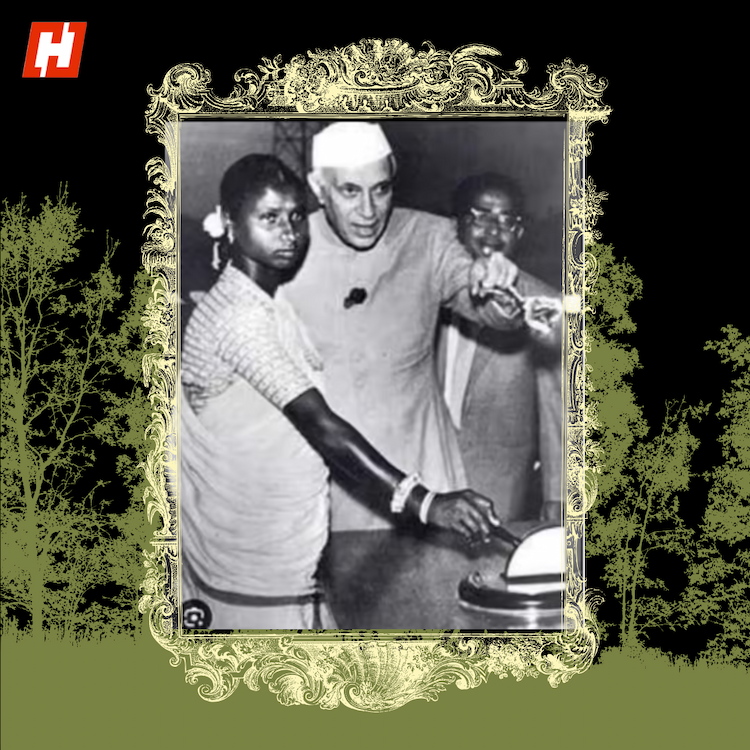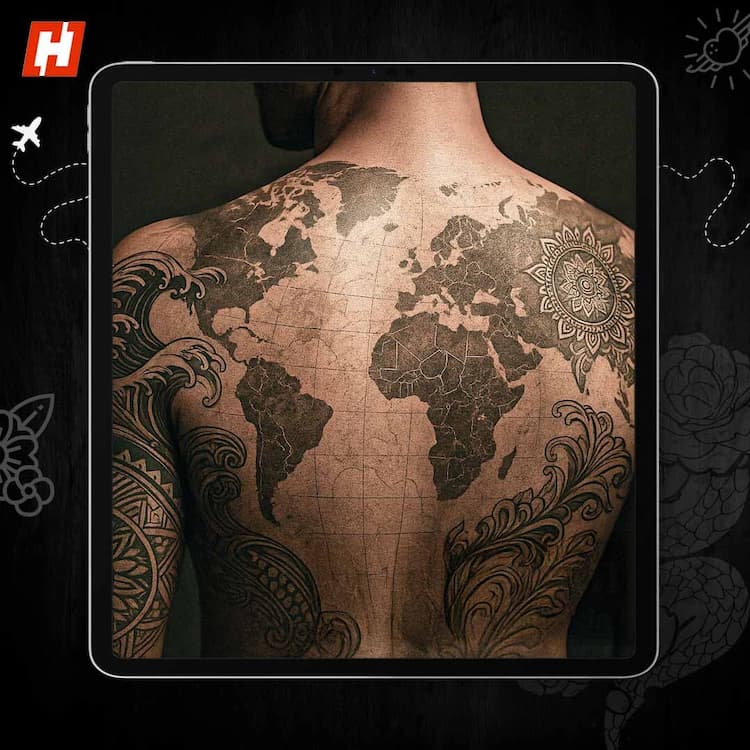If you’ve ever walked past a coaching centre in India, the picture is familiar—students hunched over books, high-stakes entrance exams, and the relentless grind of memorisation. It’s a system that values scores over skills and leaves little space for exploration. But quietly, a parallel movement is gaining momentum: International Baccalaureate (IB) schools. Once seen as niche institutions for expatriates or ultra-wealthy families, IB schools are now growing rapidly across Indian cities. In just five years, the number of IB-authorised schools has jumped 44%—from 192 in 2020 to 276 in 2025. And they’re no longer limited to metros like Mumbai and Bengaluru; schools in Tier 2 and 3 cities are joining the wave too.
What is IB, and why are Indian parents interested?
The International Baccalaureate, or IB, is a globally recognized education system founded in Switzerland in 1968. It’s run by a non-profit and taught in over 5,000 schools across 168 countries. Unlike India’s traditional curriculum boards, IB places a strong emphasis on critical thinking, global awareness, and interdisciplinary learning. In 2025 alone, more than 6,000 Indian students graduated with IB diplomas. A major draw is its international acceptance—IB grads applying to Ivy League colleges see 18% higher acceptance rates, according to internal IB data. For Indian families eyeing global universities, that’s a big incentive.
Less cramming, more curiosity
The IB philosophy is simple but radical in the Indian context: teach students how to think, not what to think. That means more debates, fewer lectures; more projects; fewer tests. Subjects are taught with an emphasis on application, reflection, and connections to the real world. Traits like being curious, reflective, compassionate, and having a global mindset are embedded into the curriculum. It’s a stark contrast to the familiar rigor of board exams, cut-offs, and coaching classes that begin as early as Class 6.
A price tag few can afford
But there’s a catch—and it’s a big one. The average annual fee for an IB school in India is around ₹8 lakh, with some high-end schools charging up to ₹30 lakh a year. That puts IB education far out of reach for the vast majority of Indian families. Even among the upper-middle class, many see it as a stretch. Despite that, demand is rising. Waitlists are growing, especially in urban centres. And with more parents rethinking the value of traditional success metrics, IB is increasingly being seen not just as a pathway abroad—but as a more humane, balanced approach to education.
Will it go mainstream?
The real question is: can this model scale? Or will it stay a luxury offering for a select few? There are early signs that elements of IB-style education—like project-based learning or international perspectives—are influencing CBSE and ICSE schools. Some national boards are also introducing reforms that prioritise holistic development and skill-based assessment. But change is slow, and the system is still dominated by rank obsession and entrance exam bottlenecks. So far, IB schools are doing what India’s mainstream system struggles to: treat students as learners, not competitors.
The big question?
For now, IB schools are reshaping the aspirations of a small but growing segment of Indian families. Whether that momentum can influence wider reform—or remain confined to plush campuses with global affiliations—will depend on affordability, policy direction, and public demand. But one thing is clear: in a country long defined by exam ranks and coaching culture, IB’s rise signals that many parents are finally asking a bold question—does it have to be this way?





